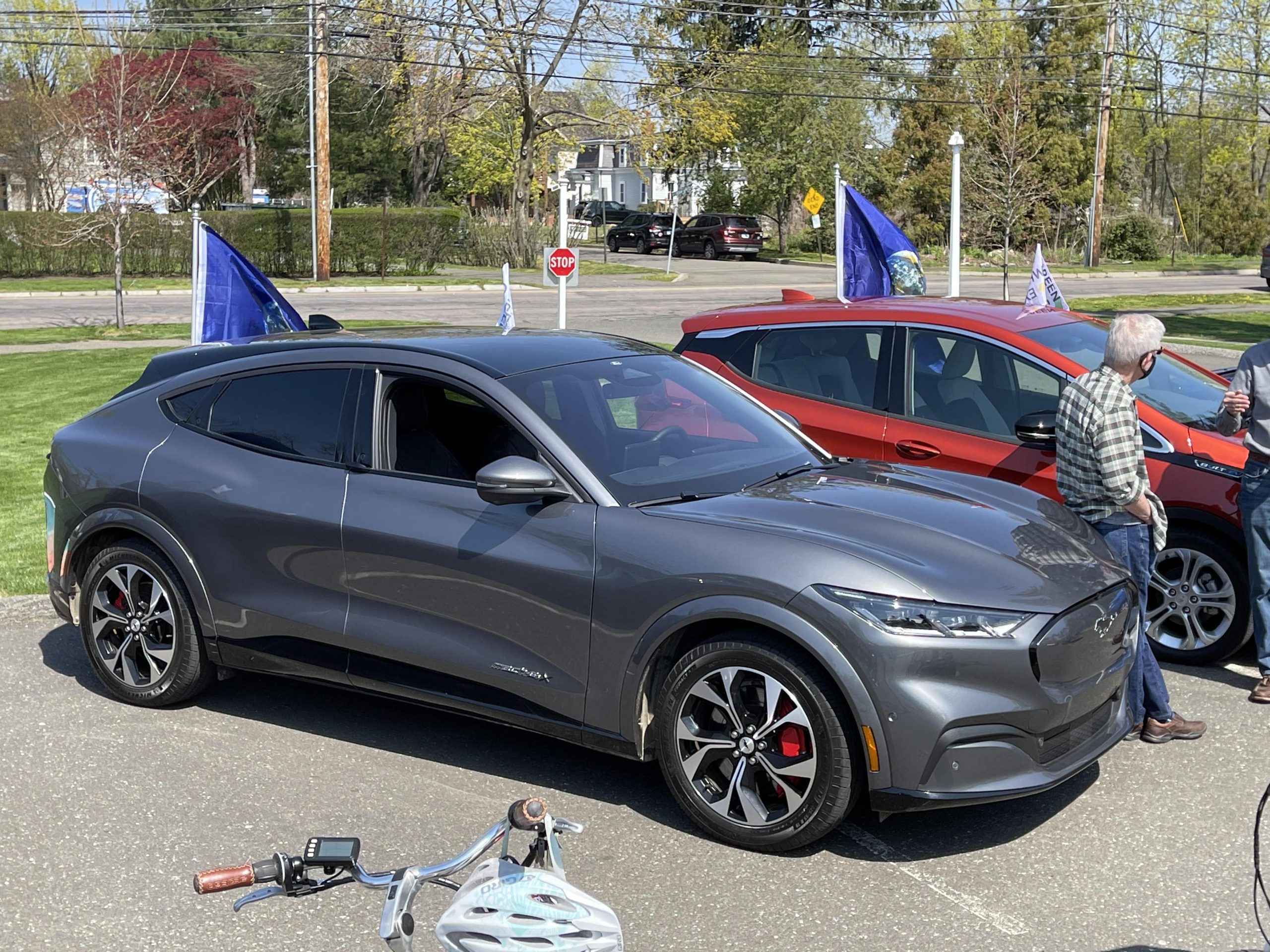How Challenging Is The Federal Used EV Incentive
Policy Environment for Used Electric Vehicle Incentives When the Inflation Reduction Act was drafted, it had multiple goals, which can be loosely summarized as promoting clean energy, reviving the domestic industrial base, and making clean … Read more


